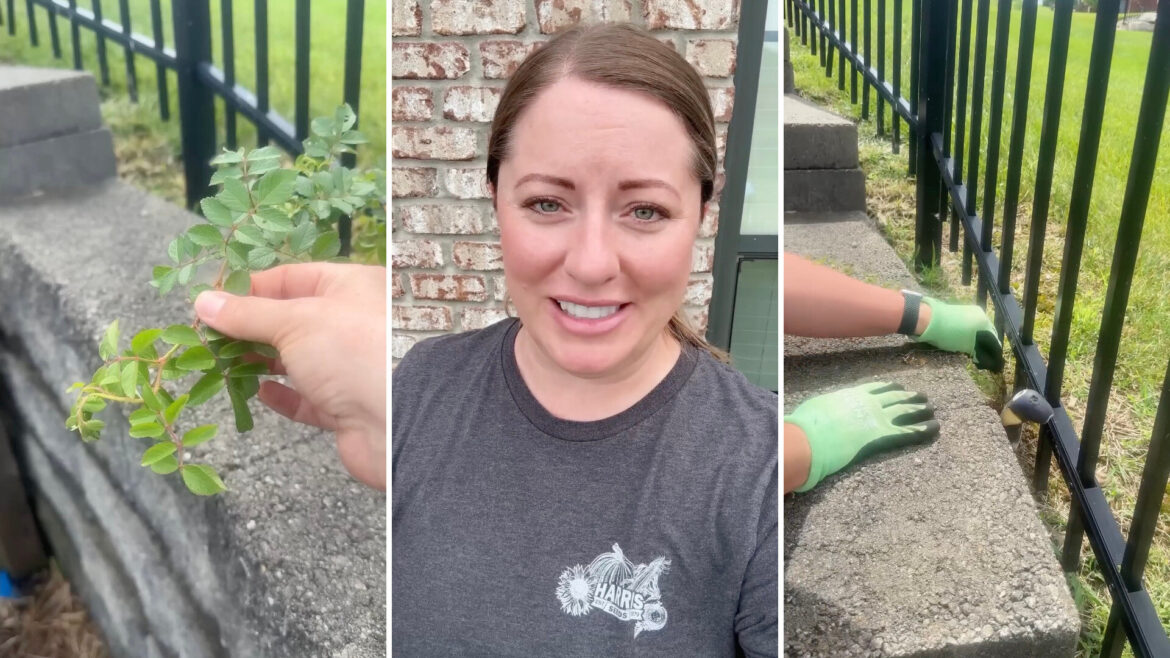A gardening expert took to YouTube to warn viewers about the dangers of invasive plants and how they can be disguised as something you might want in your garden.
YouTuber From Dream to Seed (@fromdreamtoseed) shared a video after discovering what looked like an unexpected rose growing near their retaining wall.
“If I didn’t know any better, I might think ‘Awesome, volunteer rose,'” they say.
However, they explain that it was actually multiflora rose, an invasive species of rose in their area. They explain that the multiflora rose can grow in a variety of soil types, including poor soil.
“In forests and other places, it can grow really quickly, really densely,” they continue. “And it will crowd out beneficial native plants. It can also cause a lot of nesting issues for native birds.”
The multiflora rose is considered an invasive species in North America. It was introduced from Asia for ornamental purposes and spread quickly across the eastern United States, according to the Minnesota Department of Agriculture. It poses serious threats to the flora in a variety of ecosystems, due to its versatility and ability to grow in a variety of soil qualities and types.

Want to go solar but not sure who to trust? EnergySage has your back with free and transparent quotes from fully vetted providers that can help you save as much as $10k on installation.
To get started, just answer a few questions about your home — no phone number required. Within a day or two, EnergySage will email you the best local options for your needs, and their expert advisers can help you compare quotes and pick a winner.
Making matters worse, the plant spreads in two ways. First, in the traditional fashion of birds and animals carrying seeds to new locations. However, the multiflora rose also spreads via rose hips, which fall near the parent stem and help singular stems spread more quickly.
If that weren’t enough, the stems of multiflora roses can bend back down into the soil and become roots for entirely new plants, making them incredibly aggressive and turning small groups of the plants into massive, tangled, thorny bushes that are tough to eradicate.
Because of that aggressiveness, they often outcompete local plants for space and resources, creating dangerous monocultures and impacting local pollinators and birds.
Fortunately, the poster shows how to remove multiflora roses when you find them in your yard or garden: Uproot them quickly, before they have a chance to produce seeds or secondary root systems.
TCD Picks » Upway Spotlight
💡Upway makes it easy to find discounts of up to 60% on premium e-bike brands
Join our free newsletter for easy tips to save more and waste less, and don’t miss this cool list of easy ways to help yourself while helping the planet.

